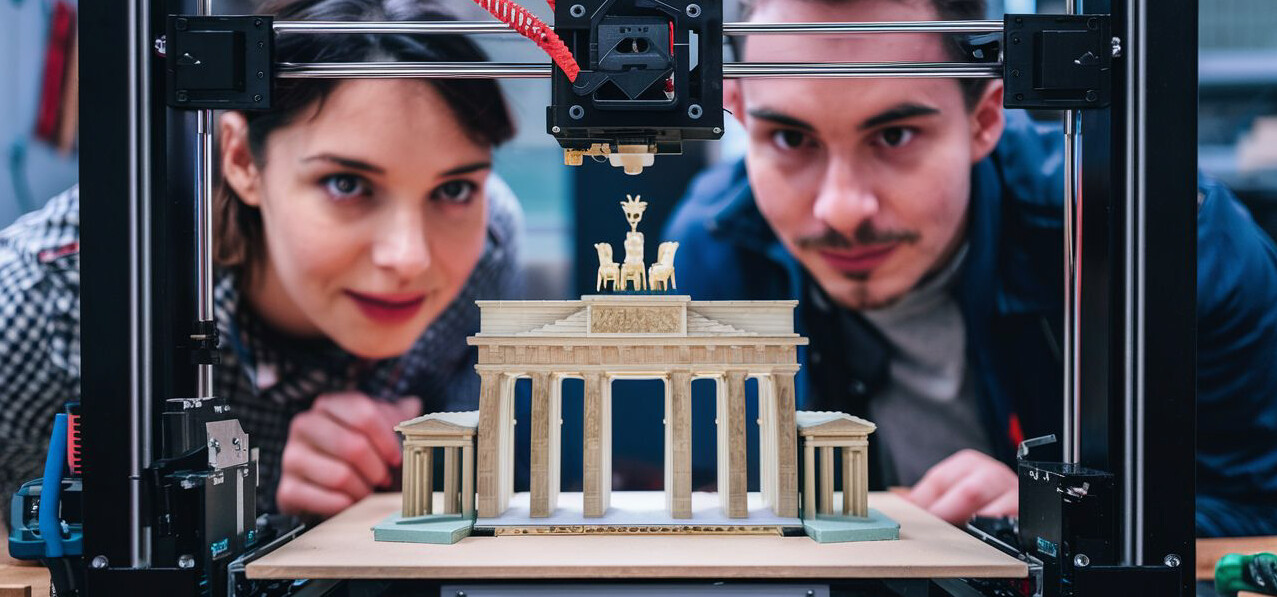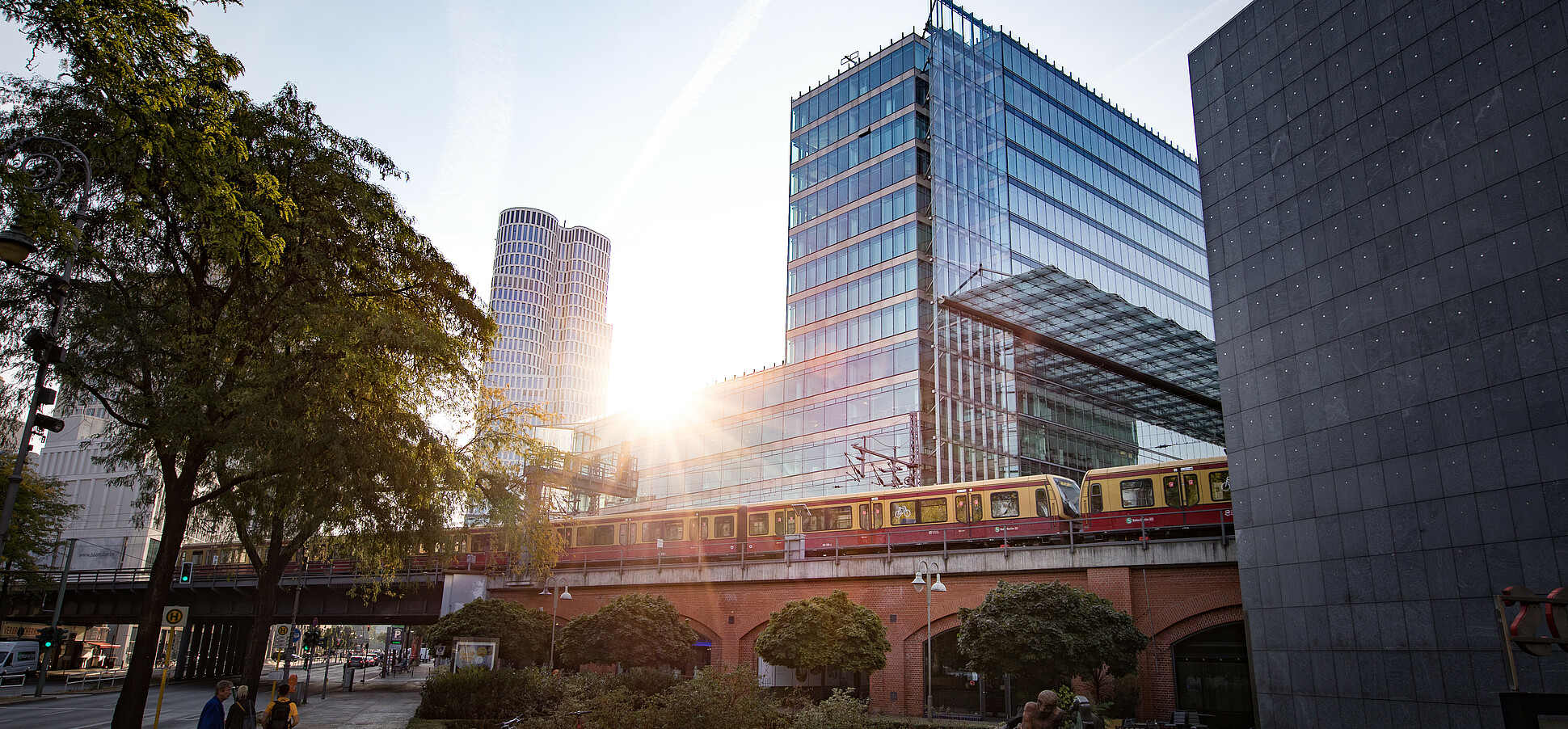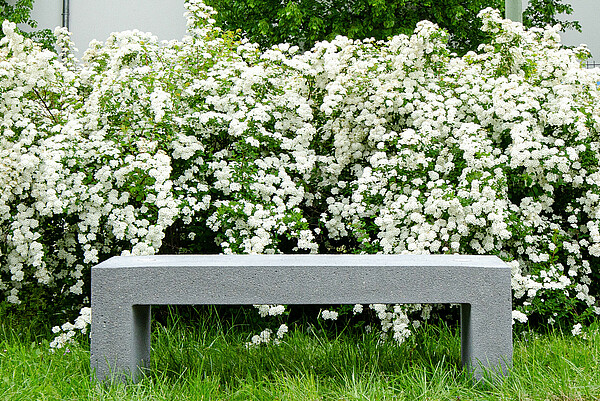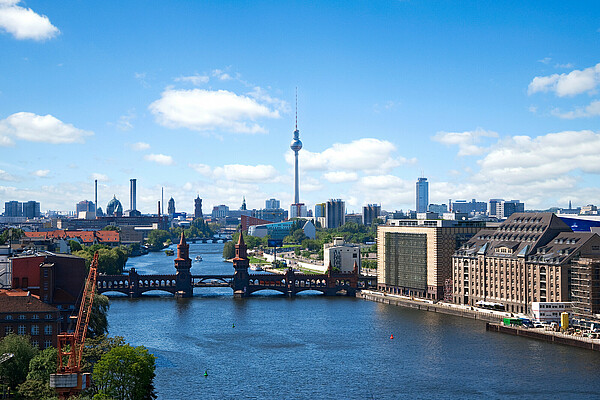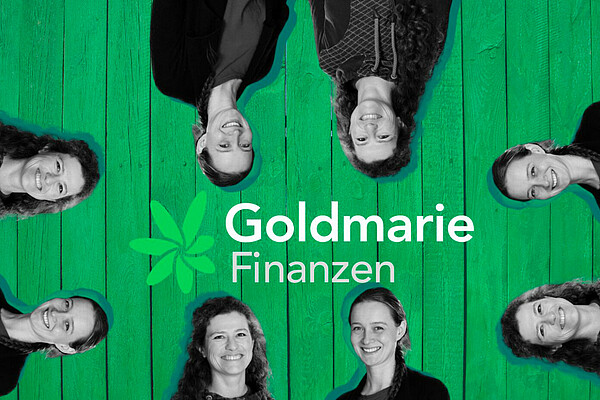The Wide Range of Additive Manufacturing in Berlin
The initiative AMBER promotes 3D printing technology, with applications in aerospace, medicine, industrial production, and more.
The German capital region aims to become the additive manufacturing capital of Europe. To this end, the city of Berlin is building, layer by layer, an ecosystem in the field of additive manufacturing (AM) and 3D printing. Core of this endeavor is the regional AM cluster AMBER, which stands for “Additive Manufacturing Berlin Brandenburg”.
AMBER represents the capital region’s AM community and works as a platform for AM players from business and science, comprising regional partners from universities, research institutions and companies. Berlin Partner coordinates AMBER with its regional network, the projects and all activities. In 2022, the Berlin Senate provided more than €14M funding for cutting edge innovation “made in Berlin”. This ultimately resulted in 13 projects with a total volume of €20M and 30 partners involved. The funded projects cover:
- “Personalized medical technology”, that is medical technology for individual patients, for instance in dentistry or even cancer treatment
- “Additive Manufacturing with bio-based materials”
- “Lightweight construction” and
- “Additive Manufacturing in/for space”
The following video gives an impression of the variety of use cases:
High-tech Innovations “Made in Berlin”
We spoke with Hendrik Riemer, AMBER coordinator at Berlin Partner.
What is additive manufacturing and why do we need it?
Additive manufacturing is a technology in which components are built up three-dimensionally in layers. Compared to conventional methods, material is not removed, but rather added, which has a lot of advantages, for example in that we need less material. The process is therefore much more sustainable. We have less waste because we don't have to cut away material. You really only use the material you actually need for the component.
Direct on-site production is possible because you can manufacture with one unit, so this reduces transportation costs. And these new process technologies allow us to generate much more complex structures, which makes it possible to optimize the structure in general and also to reduce weight, for example.
Furthermore, you can create individual units or small batches at low cost. You don’t need to produce a large number of items in order to make production economically viable.
In a sculpture, I carve something out of a block of material and then have a structure left over. That's one way. And the other would be to inject material into a mold ...
Injection molding would be an alternative, especially for plastic. However, for the first step you need to have this mold. Additive manufacturing doesn't need that. Instead you apply layer upon layer without a mold. That makes AM much more flexible. Also, it’s possible to print more complex structures than with injection molding.
But I need a computer program that tells the machine exactly where to print.
Yes, which is software that is supplied with most machines. You create a 3D model the usual way at the computer, as with conventional manufacturing processes. After that, there are programs that generate the model in layers, from which the machine knows where the material has to go, so it then runs through the individual layers.
Which material is used?
There is a wide range of materials and development is continuing fast. The most common materials are currently plastic, metallic, and ceramic materials.
Why is this technology so important for Berlin’s innovation policy?
A powerful AM value chain has developed in Berlin in recent years, which is due to various factors. One obvious point is, of course, that the startup culture in Berlin is very strong and dynamic, which means that new ideas are constantly being generated. A recent benchmark study from 2023 shows that Berlin is the region with the most AM companies and startups in Europe.
And of course we also have a large research and development community in Berlin. So, we have science institutes and universities from which many ideas have emerged and grown over the years, such as TU Berlin, HTW, BHT, or Fraunhofer Institutes.
Berlin covers the entire value chain in additive manufacturing. From material manufacturers and software developers to hardware manufacturers, service providers, and end users. The numerous universities and research institutes also make a significant contribution to developments in the capital region. And let’s not forget the relevant associations and the largest international AM network MGA (Mobility Goes Additive), which also operates from Berlin.The community page on the AMBER website provides an overview of all the regional AM players.
What areas do all these companies address? Which sectors, which industries do they supply?
AM is a cross-sectional technology that enables innovation in many areas. The range extends from automotive and rail transportation to aerospace, the energy sector and medical technology. The majority of series applications are currently being used in the rail transportation sector. In other areas, such as medtech and architecture, individual production plays a more significant role, while prototyping and tooling is currently the largest field of application in the automotive sector and classic mechanical engineering. With its large number of companies, Berlin covers all industries, including BMW Motorrad, Mercedes-Benz, Deutsche Bahn, Siemens, Siemens Energy, Takeda, Procter & Gamble and many more.
Thank you, Hendrik.
Spotlight on: 3D Printing Solutions
AMBER’s tasks also include networking the scene. AMBER’s ‘Spotlight on’ series of events brings together participants from established companies, startups, and science, and highlights additive manufacturing with various technologies and applications, including perspectives on sustainability, such as the circular economy.
AMBER also organizes trips for members to international AM hotspots and 3D printing conferences, with delegations traveling to New York and Boston, Israel, and South Africa to meet with those AM ecosystems and industry representatives. These AMBER ‘Tech Journeys’ enhance the internationalization efforts of Berlin companies, provide inspiration for new projects and methods, and present Berlin as an attractive location to initiate new business relationships.
There are also regular network meetings at least twice a year. Networking between startups, industry, and science introduces new players and connects the entire sector of additive manufacturing, driving innovative solutions and advancing new business models in close cooperation with industry.
All in all, AM and 3D printing is one of the key future technologies being developed in Berlin, supported by the government.
See also our earlier article, The Future Out of the Machine and our news items on the subject, such as Quantica and Xolo.
Find more players from the 3D printing additive manufacturing scene here: www.businesslocationcenter.de/industrieatlas.
A recent benchmark study comparing a dozen European metropolitan regions including Israel shows that Berlin is on track to achieving the aim of becoming AM capital of Europe.
Finally, all of this and more news can be found on the brand new AMBER website amber.berlin.
Header image: © Berlin Partner – ideogram

